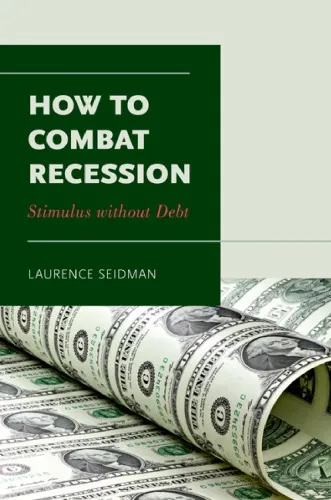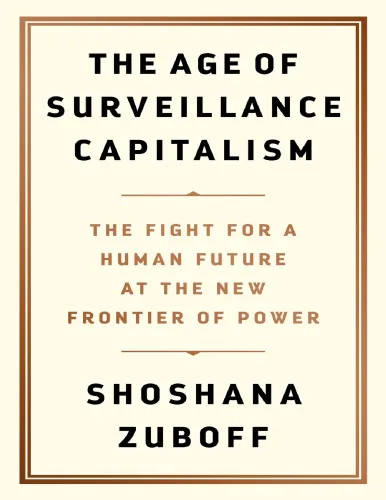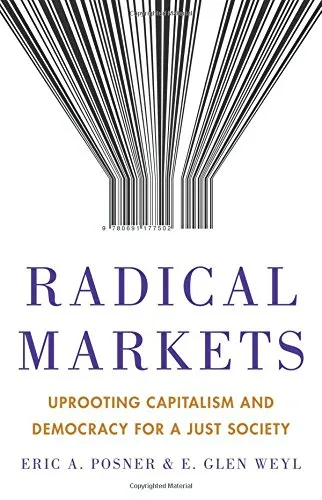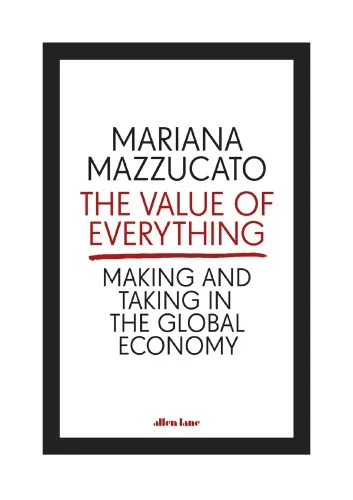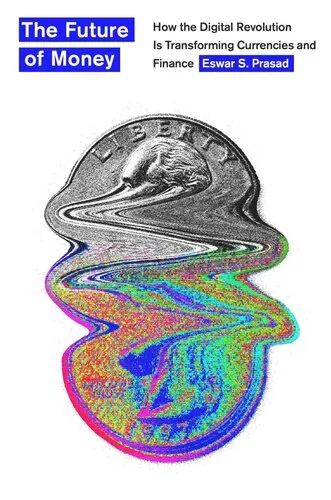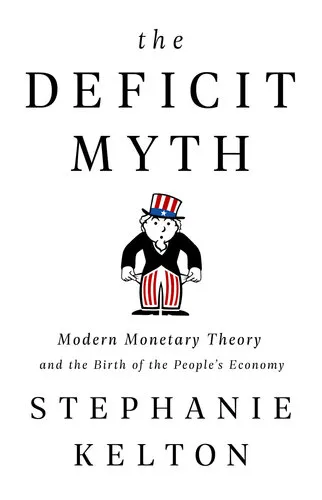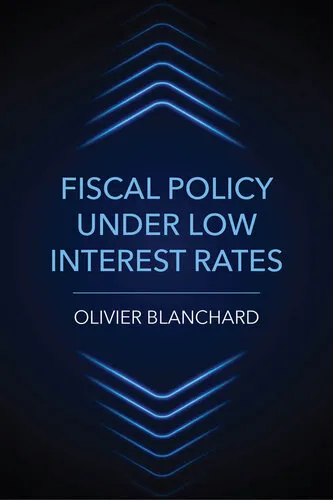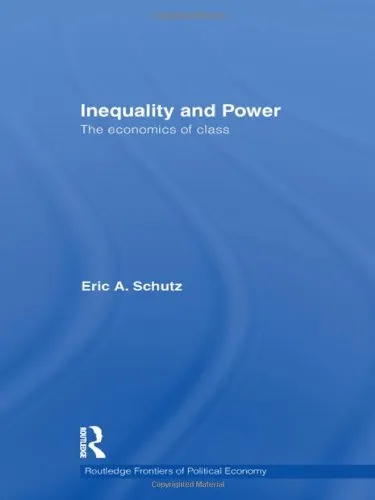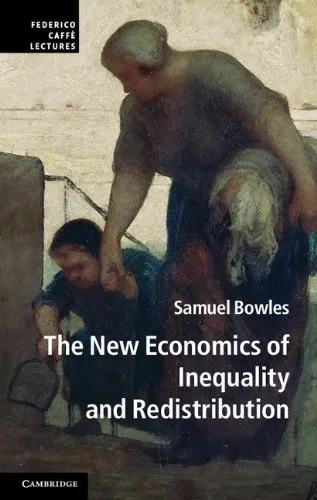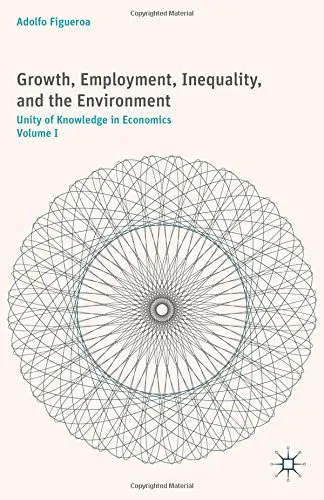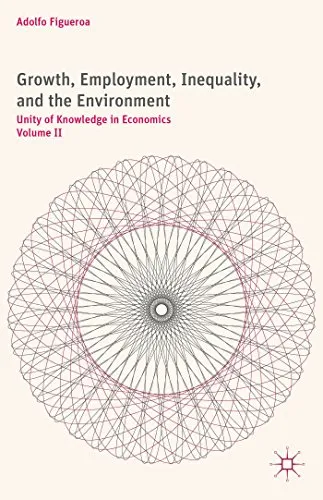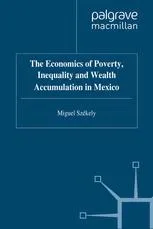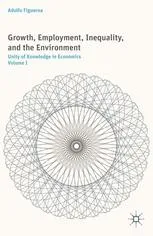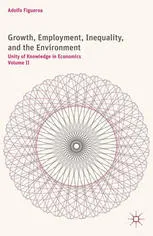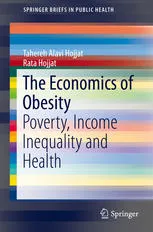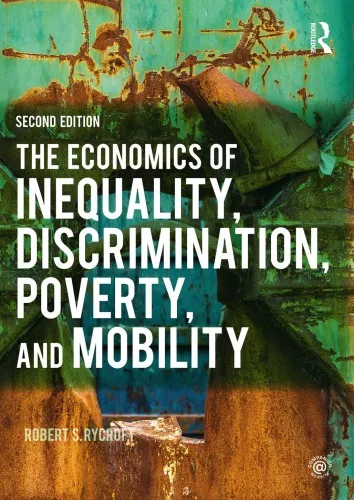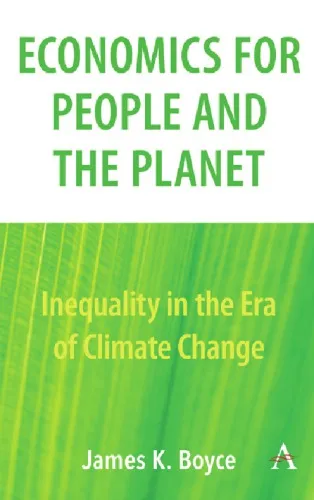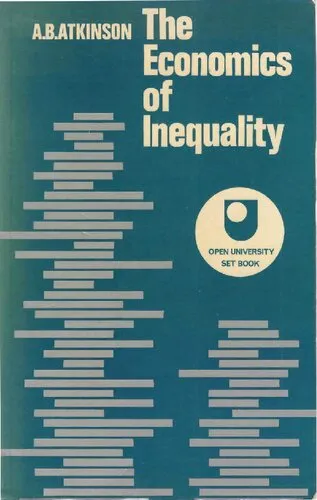How to Combat Recession: Stimulus Without Debt
4.0
بر اساس نظر کاربران

شما میتونید سوالاتتون در باره کتاب رو از هوش مصنوعیش بعد از ورود بپرسید
هر دانلود یا پرسش از هوش مصنوعی 2 امتیاز لازم دارد، برای بدست آوردن امتیاز رایگان، به صفحه ی راهنمای امتیازات سر بزنید و یک سری کار ارزشمند انجام بدینکتاب های مرتبط:
مقدمهای بر کتاب 'چگونه با رکود مقابله کنیم: محرک اقتصادی بدون بدهی'
رکود اقتصادی یکی از مهمترین چالشهایی است که هر اقتصادی ممکن است با آن مواجه شود. کتاب 'چگونه با رکود مقابله کنیم: محرک اقتصادی بدون بدهی' نوشته لورنس س. سیدمن به بررسی این موضوع پرداخته و راهکارهایی نوین برای تقویت اقتصاد بدون افزایش بدهی ارائه میدهد. در این معرفی، به بررسی خلاصهای از کتاب، نکات کلیدی، نقلقولهای مشهور و اهمیت این کتاب خواهیم پرداخت.
خلاصه کتاب
'چگونه با رکود مقابله کنیم: محرک اقتصادی بدون بدهی' به معرفی راهکاری جدید برای ایجاد محرک اقتصادی میپردازد، که بر مبنای افزایش هزینههای دولت بدون ایجاد بدهی اضافی استوار است. این کتاب با ارائه تحلیلهای علمی و تجربی نشان میدهد که چرا این راهکار میتواند مؤثرتر و پایدارتر از روشهای سنتی باشد. با استفاده از فناوریهای جدید و اصلاحات ساختاری، نویسنده تلاش میکند تا به دولتها نشان دهد که چگونه میتوان از منابع موجود برای ایجاد رشد اقتصادی استفاده کرد.
نکات کلیدی
- ارائه راهکاری برای تقویت اقتصاد بدون افزایش بار بدهی عمومی.
- تأکید بر استفاده از منابع مالی داخلی و ظرفیتهای پنهان اقتصادی.
- تحلیل دقیق اثرات مثبت و منفی انواع مختلف Stimulus بر اقتصاد.
- پیشنهاد اصلاحات ساختاری برای افزایش بهرهوری اقتصادی.
نقلقولهای مشهور از کتاب
"یکی از بزرگترین چالشها در اقتصاد امروز، مقابله مؤثر با رکود بدون افتادن در دام بدهیهای کمرشکن است."
"زمان آن فرارسیده است که دولتها به روشهای نوین در مدیریت اقتصادی فکر کنند، روشهایی که به اندازه کافی پایدار و کارآمد باشند."
چرا این کتاب مهم است؟
این کتاب در زمانی نوشته شده است که بسیاری از کشورها با بحرانهای اقتصادی متعدد مواجهاند و نگرانیها از بابت رشد بدهیها رو به افزایش است. 'چگونه با رکود مقابله کنیم: محرک اقتصادی بدون بدهی' به دولتها و سیاستگذاران نشان میدهد که چگونه میتوان نهتنها از رکود جلوگیری کرد، بلکه از آن بهعنوان فرصتی برای تغییر و نوآوری استفاده نمود. اهمیت این کتاب در ارائه دیدگاهی جدید و کاربردی برای مدیریت اقتصادی است که میتواند به عنوان راهنمایی برای سیاستگذاران اقتصادی خدمت کند.
Introduction to "How to Combat Recession: Stimulus Without Debt"
"How to Combat Recession: Stimulus Without Debt" offers a fresh perspective on managing economic downturns, targeting primarily the need for fiscal stimulus without exacerbating national debt. As economies worldwide grapple with the repercussions of recession, this book emerges as an indispensable guide for policymakers, economists, and informed citizens seeking sustainable and responsible ways to stimulate growth. Through insightful analysis and practical recommendations, the book proposes novel methods for igniting economic activities without the burdensome cost of increasing national debt.
Detailed Summary of the Book
This book delves into the intricate dynamics of economic recessions, dissecting their underlying causes and the conventional strategies employed to combat them. Laurence S. Seidman challenges the traditional Keynesian approach, which typically relies on increasing government borrowing to finance stimulus measures. Instead, the book suggests alternative methods such as monetary financing, wherein the central bank directly supports fiscal stimulus initiatives without resorting to issuing new debt. Seidman meticulously explores various case studies, historical data, and theoretical models to illustrate the efficacy of these alternatives.
The book is structured into several sections that progressively build the case for "Stimulus Without Debt." It opens with an exploration of the failures and successes of past economic interventions, offering critical lessons. Successive chapters introduce and critique the prevailing economic theories on fiscal stimulus, gradually transitioning into innovative strategies that prioritize economic growth and stability ensconced in monetary financing.
By the conclusion, readers are equipped with a comprehensive understanding of how these groundbreaking approaches can be implemented in real-world scenarios, supported by rigorous quantitative analysis and plausible policy pathways.
Key Takeaways
- Monetary financing as a viable alternative to conventional debt-financed stimulus plans.
- A critical re-evaluation of Keynesian economics in the context of modern economic challenges.
- Application of theoretical models in the design of crisis-specific economic policies.
- Insights into balancing short-term economic interventions with long-term fiscal sustainability.
Famous Quotes from the Book
"True economic resilience is not built on borrowed time and assets, but on the wisdom of prudent fiscal stewardship."
"In times of recession, the courage to embrace innovation in policy is as important as the policies themselves."
Why This Book Matters
At a time when nations are recovering from one of the most severe global economic downturns, the need for pragmatic, effective, and sustainable economic strategies cannot be overstated. This book matters because it challenges the status quo, questioning the wisdom of perpetually increasing debt as the solution to cyclical economic challenges. By presenting alternatives that involve less traditional fiscal measures, the book helps create a bridge between theory and practice.
Furthermore, "How to Combat Recession: Stimulus Without Debt" provides a roadmap for policymakers seeking to foster robust economic growth while maintaining fiscal discipline. Its forward-thinking approach not only addresses immediate economic recovery needs but also ensures that future generations are not saddled with the consequences of present-day decisions. In a world where fiscal prudence often battles with economic necessity, this book is a beacon of hope for balanced and innovative economic governance.
دانلود رایگان مستقیم
شما میتونید سوالاتتون در باره کتاب رو از هوش مصنوعیش بعد از ورود بپرسید
دسترسی به کتابها از طریق پلتفرمهای قانونی و کتابخانههای عمومی نه تنها از حقوق نویسندگان و ناشران حمایت میکند، بلکه به پایداری فرهنگ کتابخوانی نیز کمک میرساند. پیش از دانلود، لحظهای به بررسی این گزینهها فکر کنید.
این کتاب رو در پلتفرم های دیگه ببینید
WorldCat به شما کمک میکنه تا کتاب ها رو در کتابخانه های سراسر دنیا پیدا کنید
امتیازها، نظرات تخصصی و صحبت ها درباره کتاب را در Goodreads ببینید
کتابهای کمیاب یا دست دوم را در AbeBooks پیدا کنید و بخرید
1294
بازدید4.0
امتیاز50
نظر98%
رضایتنظرات:
4.0
بر اساس 0 نظر کاربران
"کیفیت چاپ عالی بود، خیلی راضیام"
Questions & Answers
Ask questions about this book or help others by answering
No questions yet. Be the first to ask!
